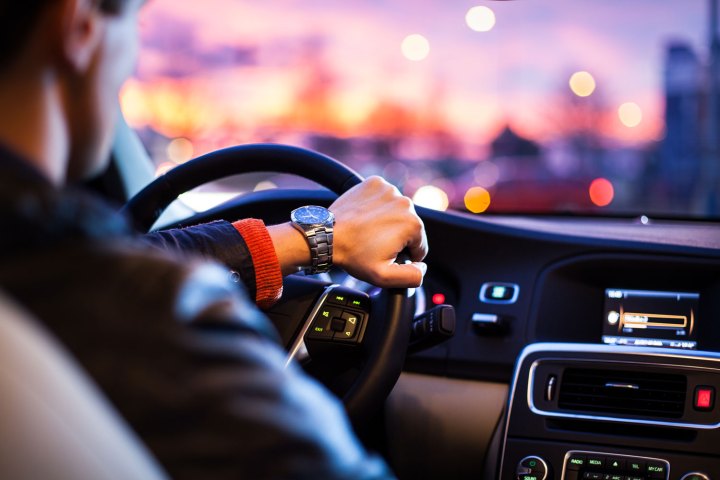
The on-demand transportation and delivery company, which pioneered the ride-sharing model, said Tuesday it’ll shutter its service at 2pm on Thursday (PT), bringing the curtain down on the operation it launched three years ago.
Sidecar co-founders Sunil Paul and Jahan Khanna said in a blog post they were closing the business to “work on strategic alternatives and lay the groundwork for the next big thing,” though the pair offered no specific details on their future plan.
The co-founders cited a “significant capital disadvantage” as one of Sidecar’s greatest challenges during its relatively short existence. Despite backing from the likes of Google Ventures and Richard Branson, the San Francisco-based startup only managed to raise around $35 million, peanuts compared to Uber’s billions.
And while Uber has expanded rapidly to multiple cities around the world, Sidecar only made it to 10 cities, all in the U.S. It’s not known how many drivers will be affected by the startup’s exit from the business, though no doubt both Uber and Lyft will be more than happy to take them on.
In a series of moves over the last year, Sidecar gradually shifted its business model toward on-demand deliveries, a possible indication that it was feeling the heat in the ride-sharing game. But with significant funding failing to come through, Sidecar’s founders have decided a new year means a completely new start.
Paul and Khanna said they were “extremely proud” of Sidecar’s accomplishments, insisting the impact of their work “will be felt for generations to come.”
They added, “We changed transportation law, and created a new mode of transportation that has transformed cities and made life easier and better for millions of people.”


